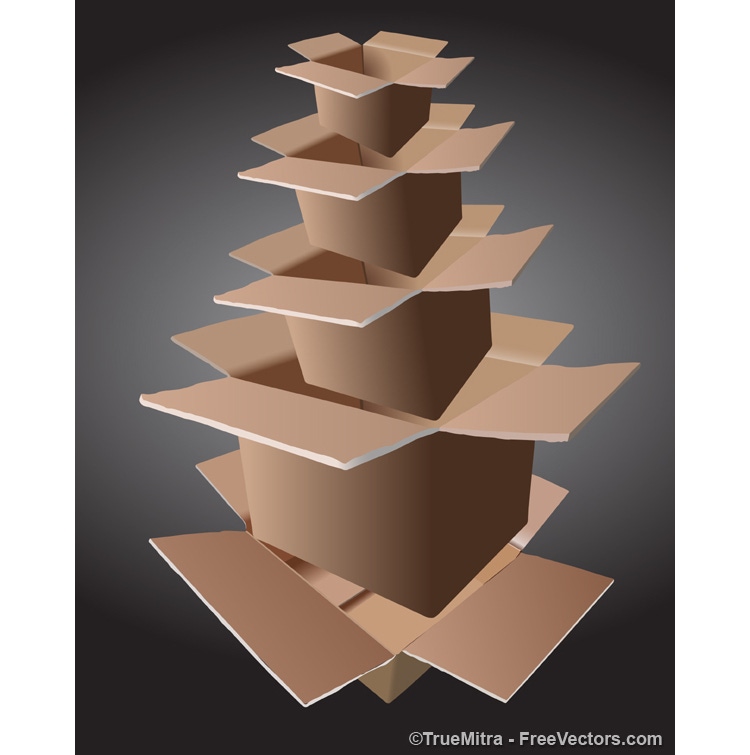Why you now need a strategy for ecommerce packaging
March 24, 2017

As we see most ecommerce fulfillment being done by third parties such as Amazon rather than by product manufacturers or brand owners, there is a ripple of new challenges being faced by packaging and supply chains. With Amazon proving to have the most authority on what needs to be shipped, when, how and in what quantity, brands are having a difficult time fitting into its ecommerce model.
Standard packaging lines are set up for pallet-load distribution, and traditional shipping quantities to brick-and-mortar outlets; however, these traditional shipments are not in quantities that are seemingly required by the “Amazon model.” For example, traditional shipments from brand owners are in quantities to stock shelves and sell through standardized retail channels. The new ecommerce model, though, requires an “each” approach rather than the “stock” model.
As online consumer buying continues to grow exponentially across industries, it has become critical that companies and industry organizations work together to increase efficiencies in all aspects of the supply chain, in packaging and then to perfect the last leg of distribution.
Defining unwritten rules
What is clear in the uncertainty of the ecommerce boom and “Amazon model,” is that the rules are yet to be written, and standardization is yet to be established. With that, there is great opportunity in paving a path to efficient and productive channels from brand to consumer, and eventually, back. Until then, distributors like Amazon continue to lose capital on shipping, and brands continue to feel the burden of labor, processing, packaging and distribution.
There is no doubt that the capital and labor implications for companies are highly impactful, and we should also see continued growth in co-packing and more custom service providers to segment primarily for ecommerce service. Many companies though, are still assessing if the ecommerce service model should be managed by internal resources or if they should be seeking a co-packing or partner provider to take over this growing segment. Meanwhile, distributors like Amazon will likely try establishing guidelines for packaging that aligns with their internal systems (such as Kiva robots, racking systems, automated and manual order picking, and autonomous vehicle design).
Many companies will be hesitant to make any type of investment until the industry begins to structure and establish standardized guidelines. As the burden begins to shift towards these brands though, we should also see more industry-collaborative and organizational/trade association initiatives to define the rules of ecommerce to create mutually beneficial practices in packaging and distribution.
Challenges and opportunities
As ecommerce continues to develop and the models become more complex and demanding, manufacturers and distributors are struggling to solve the cost of consumer expectations and turnaround times, while trying to develop complimentary labor profiles, determine where/how assets need to be allocated and how new technology such as autonomous vehicles may play a role. Already invested in the recognition of the growing burden of ecommerce, companies are starting to peel back the layers of complexity to find resolutions.
One of the most strenuous asks by the consumer and distributor is for product to be shipped in smaller cases, but with the same quantity. One resolution is to use compression methods to ship items such as diapers, which would not be damaged by proper methods of compressed packaging. However, this type of standardization and reduced pack size competes with branding and marketing efforts, which are critical to packaging.
Another challenge arises from required diversification in products and brands—for example, an order containing diapers and wipes from one brand, and tissues and towels from a competitor. Here, companies are looking to capitalize through marketing and brand engagement as a solution. Through data analytics, brands would be able to better understand buying habits and essentially build bundle packages for consumers of their own products, similar to those the consumer has requested of competitors, at either a reduced rate or shipping cost.
As a way to encourage repeat orders or reward loyalty for bundled orders, companies may use tote bags rather than cases, which consumers would then return for free to be refilled. This would allow more product to fit in a given shipment, create loyalty for returns and increase branding opportunities.
Benefits to this challenge, of course, include the acquisition of consumer profiles and big data analytics. Companies will be able to not only better service their consumers, but better understand their buying needs and preferences, which would ultimately allow for greater consumer experiences, increased brand recognition and loyalty. The longer a company can service any given consumer over time, the better able the brand becomes to offer more integrated marketing efforts, as ecommerce is just one (rather large) aspect driving the revenue stream.
The ecommerce strain on packaging will also force companies to reevaluate current practices. Over time, we’ve seen run quantities decrease as stock-keeping units (SKUs) have diversified and increased; however, many companies have not changed how they approach packaging. This has been a slow evolution that ecommerce may force into a quicker pace. Overall, companies will likely benefit across many operations by addressing inefficiencies and ultimately helping their bottom line.
Preparing for ecommerce
The first step for most brands will be to start benchmarking. Companies should look for non-traditional collaborations to determine industry challenges, options in manufacturing and varied channel outlets. Opportunities might include co-mingled shipments, shared distribution, exposure to new or alternative equipment and processing methods—at the very least, a lesson in best practices. As ecommerce continues to streak across the global marketplace, companies, organizations and associations are going to have to start working more collaboratively in this highly competitive market.
Companies will then need to look introspectively and build a strategy. Where do you think your labor, processing, third-party partnerships, equipment and technology assets are headed? In the next five to 10 years, what will this look like? Here, you’ve created at least a point of reckoning when the ecommerce market stabilizes. Then build out your roadmap by creating scenarios to establish strategies. For example, maybe you outsource all of your packaging, maybe partner with a co-packer, or perhaps it makes sense to build packaging and fulfillment centers in-house. Explore your options before you’re in a position where you don’t have any.
Like it or not, companies cannot hide under a rock on this one. And as a first step in preparation, companies should build packaging business strategies that look at long range and utopia options, then begin building realistic roadmaps with trigger points for activation.
Louis Pasteur once said that "Chance favors only the prepared mind."
It is time to be prepared for ecommerce.

Phil McKiernan, vp, consulting solutions, packaging, at HAVI, has more than 20 years of new product development, productivity enhancement and process oriented business leadership. Previously, he led packaging organizations at Kimberly-Clark Corp. and Sweetheart Cup Co. As a leader in the creation of new products and packaging, McKiernan has guided cross-functional teams in the development of multi-year product and intellectual property plans, leveraging consumer insights, technology trends, and qualitative and quantitative research. He has a Bachelor of Science degree in Packaging from Michigan State University, with additional MBA graduate level studies at the University of Baltimore. He regularly speaks at Institute of Packaging Professionals (IoPP) student chapter meetings and mentors students from MSU and Rochester Institute of Technology packaging programs.
*************************************************************************************
See a host of new ideas in machinery, materials and more for ecommerce packaging at the new Advanced Design & Manufacturing Cleveland event (Mar. 29-30; Cleveland, OH). Register today!
About the Author(s)
You May Also Like


